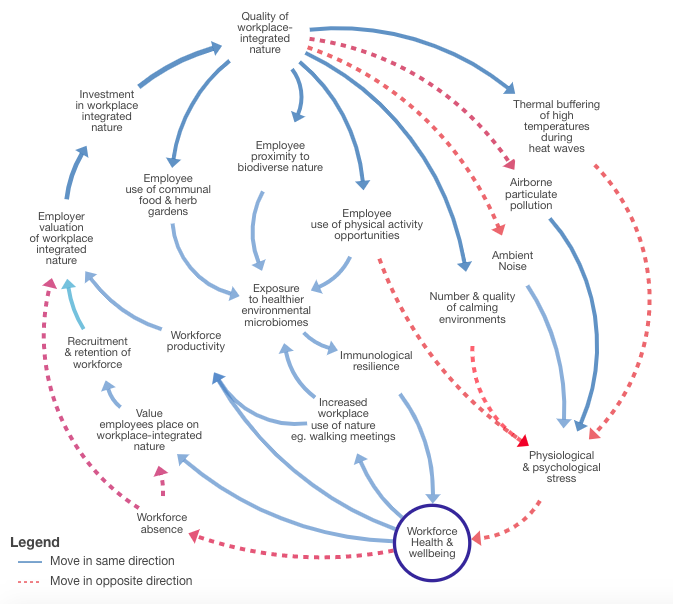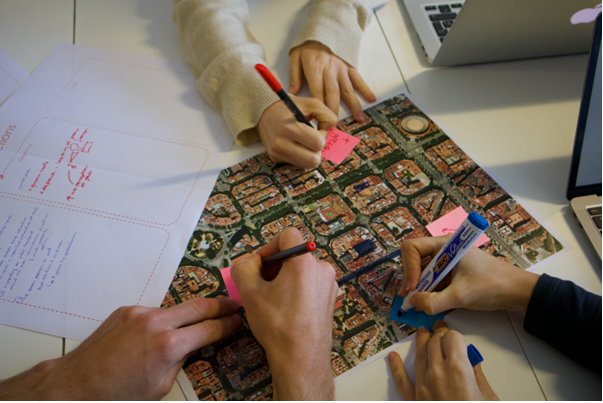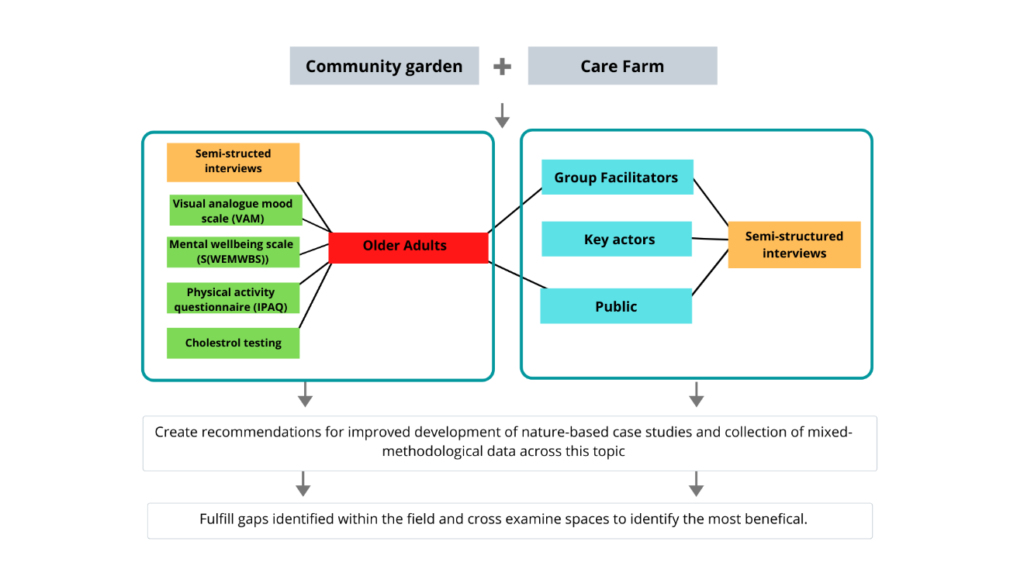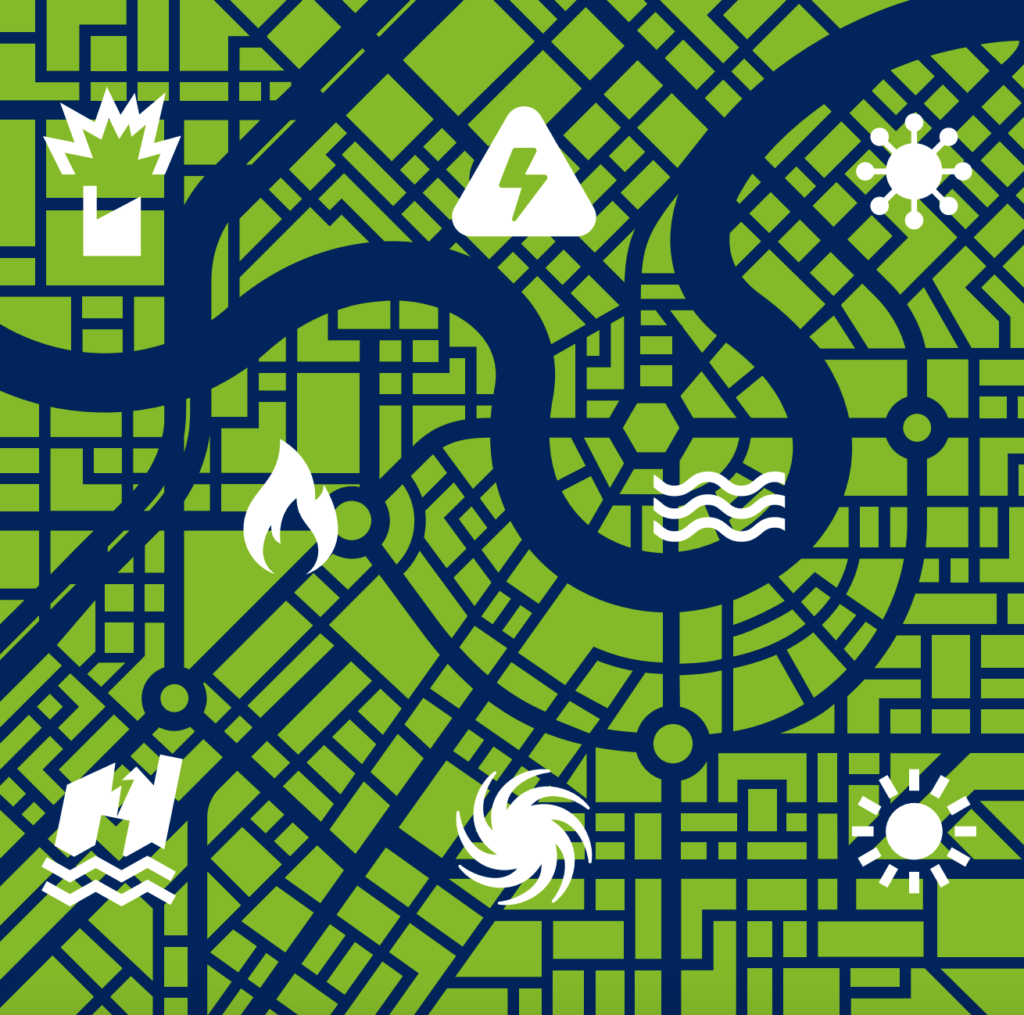City Know-hows

Target audience
Urban planners, public health professionals, property management professionals
The problem
Increasing urbanisation in the developed world has been linked to a concomitant rise in non-communicable disease. Despite this, research suggests we can intervene by improving access to, and the quality of surrounding nature in order to improve health and wellbeing.
As work commitments often limit people spending more time in nature, we explore whether bringing more nature into our workplaces could positively influence the health and wellbeing of employees and the local population.
What we did and why
We explore the health benefits of being ‘in nature’, the barriers and benefits of bringing ‘nature’ into the workplace, and whether workplace nature-based solutions could improve the health and wellbeing of the workforce. We focused on ‘workplace-integrated nature-based solutions’ because of the well-established link between nature and health and the additional benefits this has in improving climate resilience of communities.
Our study’s contribution
The literature we have reviewed suggests that the expected outcomes from pursuing nature-based solutions in the workplace include:
In addition to recommending key areas for future research, we have identified 18 perceived or real barriers that need to be addressed in the process of improving the integration of nature into the workplace.
We encourage employers to extend this method in order to develop a shared understanding of barriers specific to your workplace and to work on systemic solutions that work for you in your setting.
Impacts for city policy and practice
Our findings are relevant to several city-wide processes; including office district planning, policy around building approvals, policy-relevant to street furniture, greenspace policy and policy about active travel and access to greenspace.
Further information
Healthy Urban Microbiome Initiative; understanding the hidden value of nature in urban environments.
Resilience Frontiers Programme, UNFCCC; understanding why bringing nature into our cities is the future of resilient urban environments.
C40 Cities; understanding what the major cities of the work think is the future.
Full research article:
Integrating nature and workplaces in a post-COVID-19 world: building back better by Jennifer Allen, Rupert Lloyd & Chris Skelly
Related posts

With so many different forms of guidance available for incorporating health into planning, our study evaluated what makes a healthy planning framework successful.

We used a case study approach to highlight potential radical health tools that could be embedded in research projects to enable us to understand more about how nature impacts health and wellbeing.

As emerging challenges have made urban areas increasingly vulnerable, jeopardizing the health and well-being of their inhabitants, resilience should be seen as a pathway for healthy cities and integrated into urban planning practices. This study shows if and how existing indicator frameworks can identify urban systemic vulnerabilities and priorities for resilience building to provide local authorities with evidence crucial in planning for healthy and resilient cities.